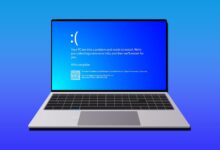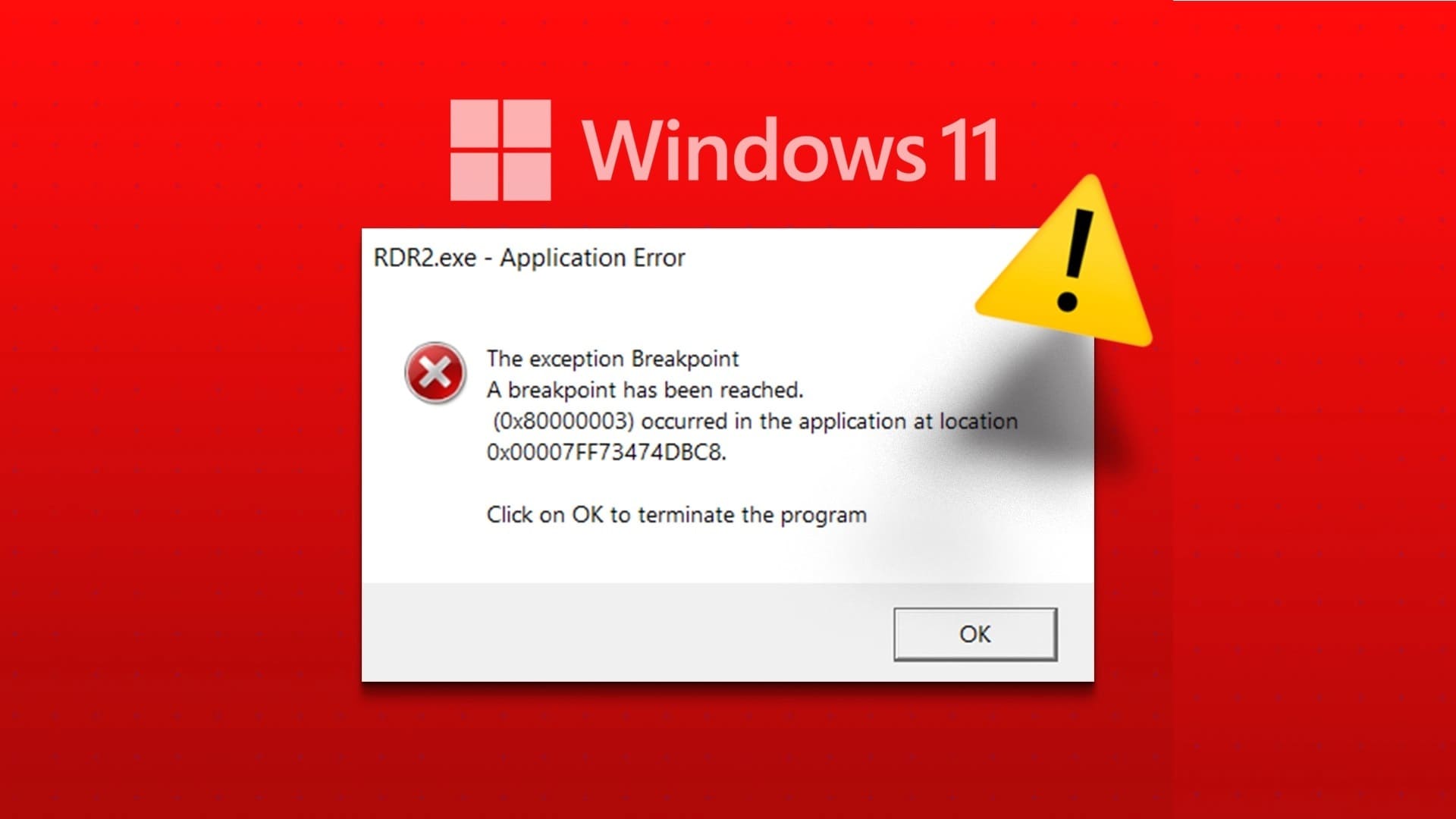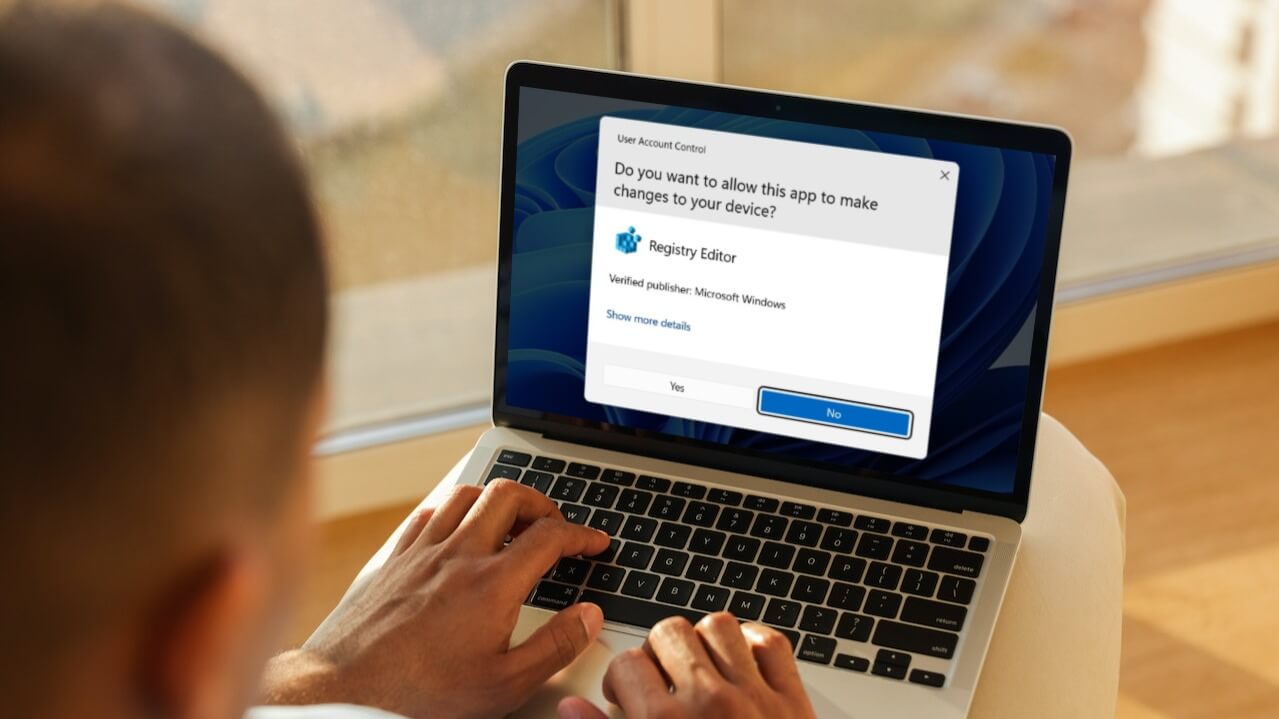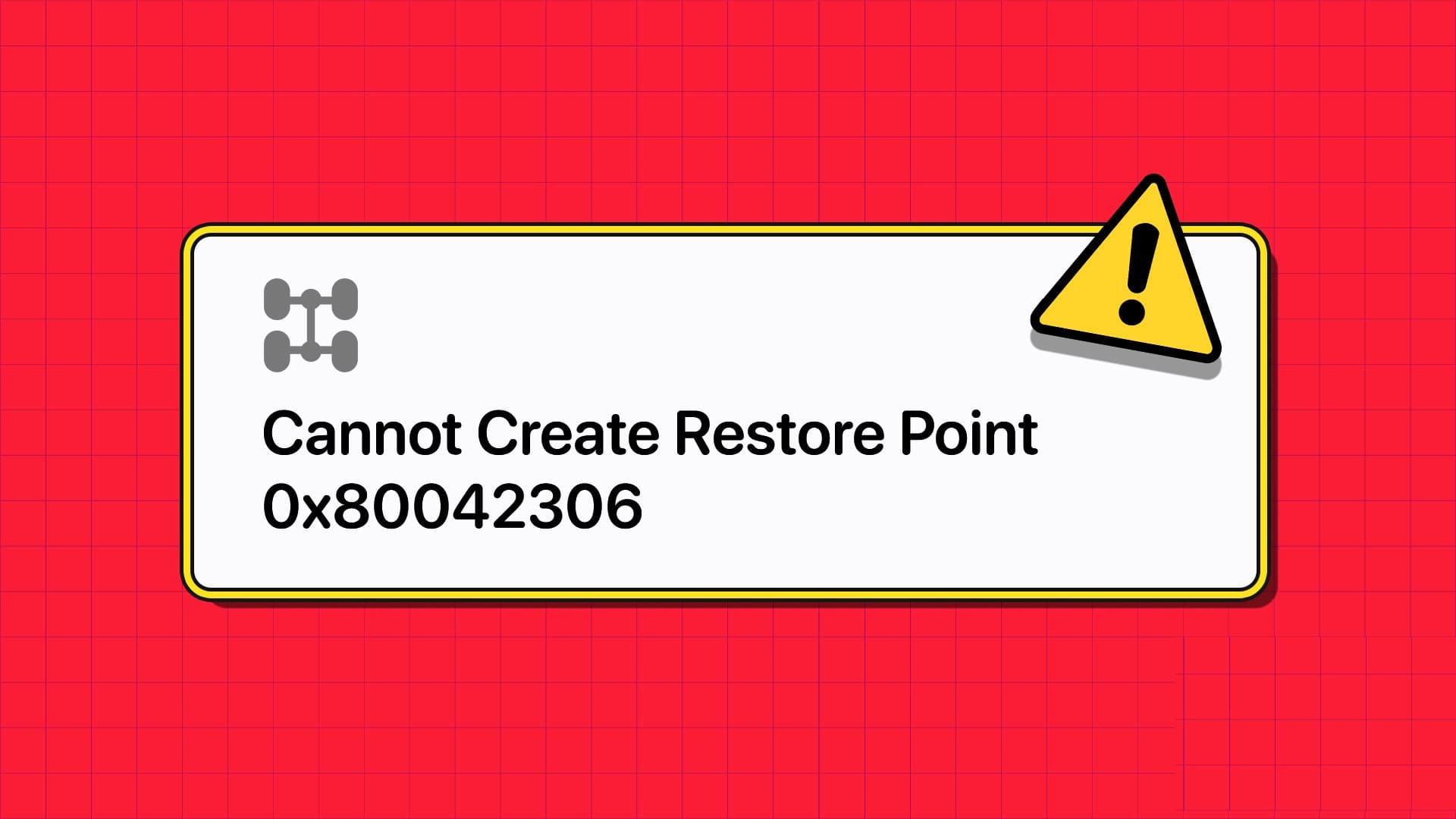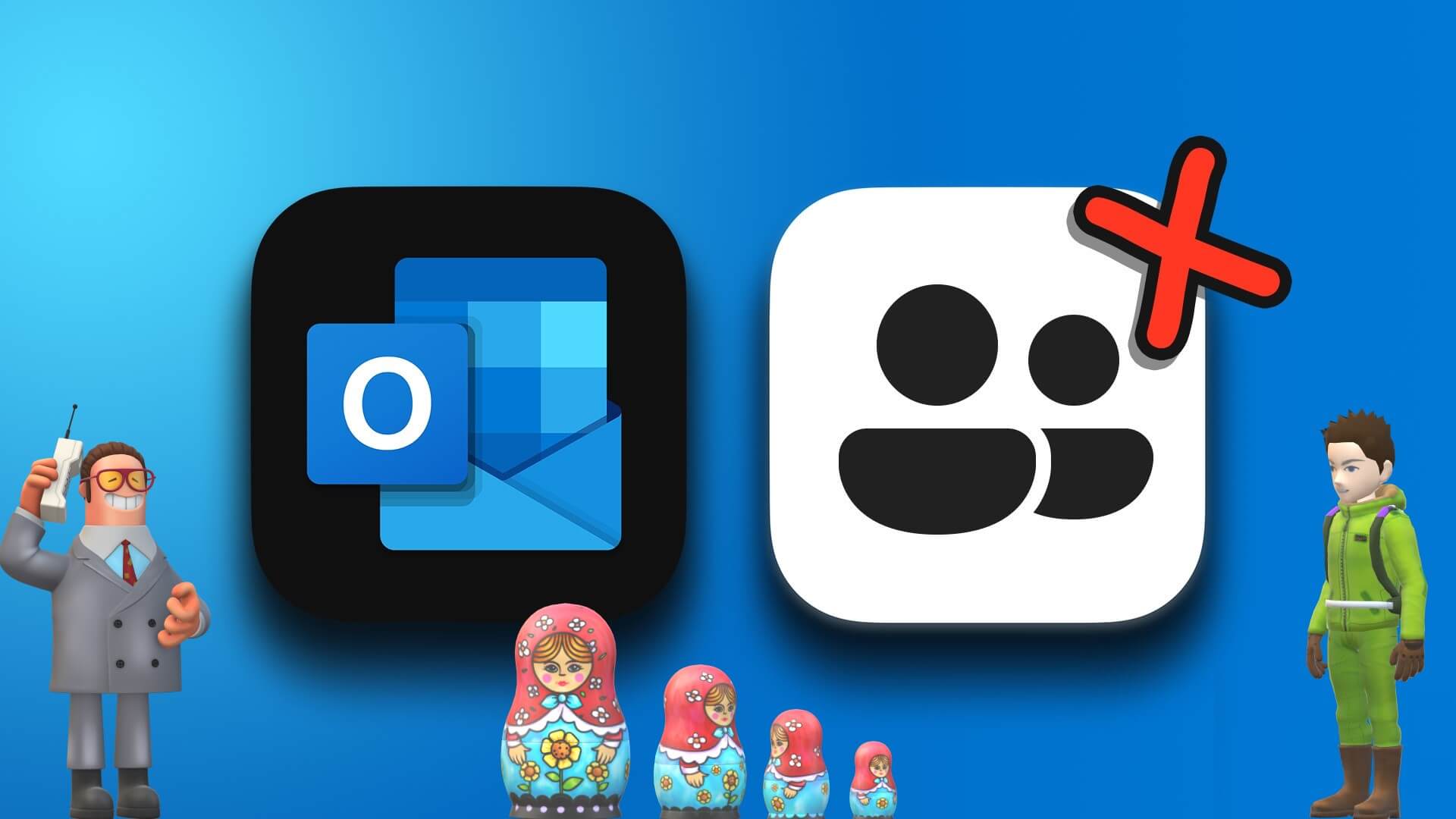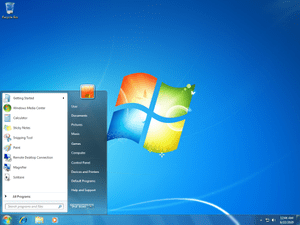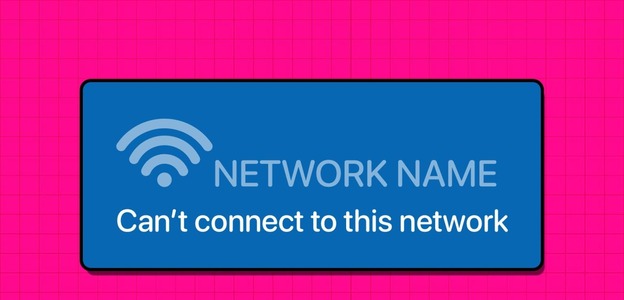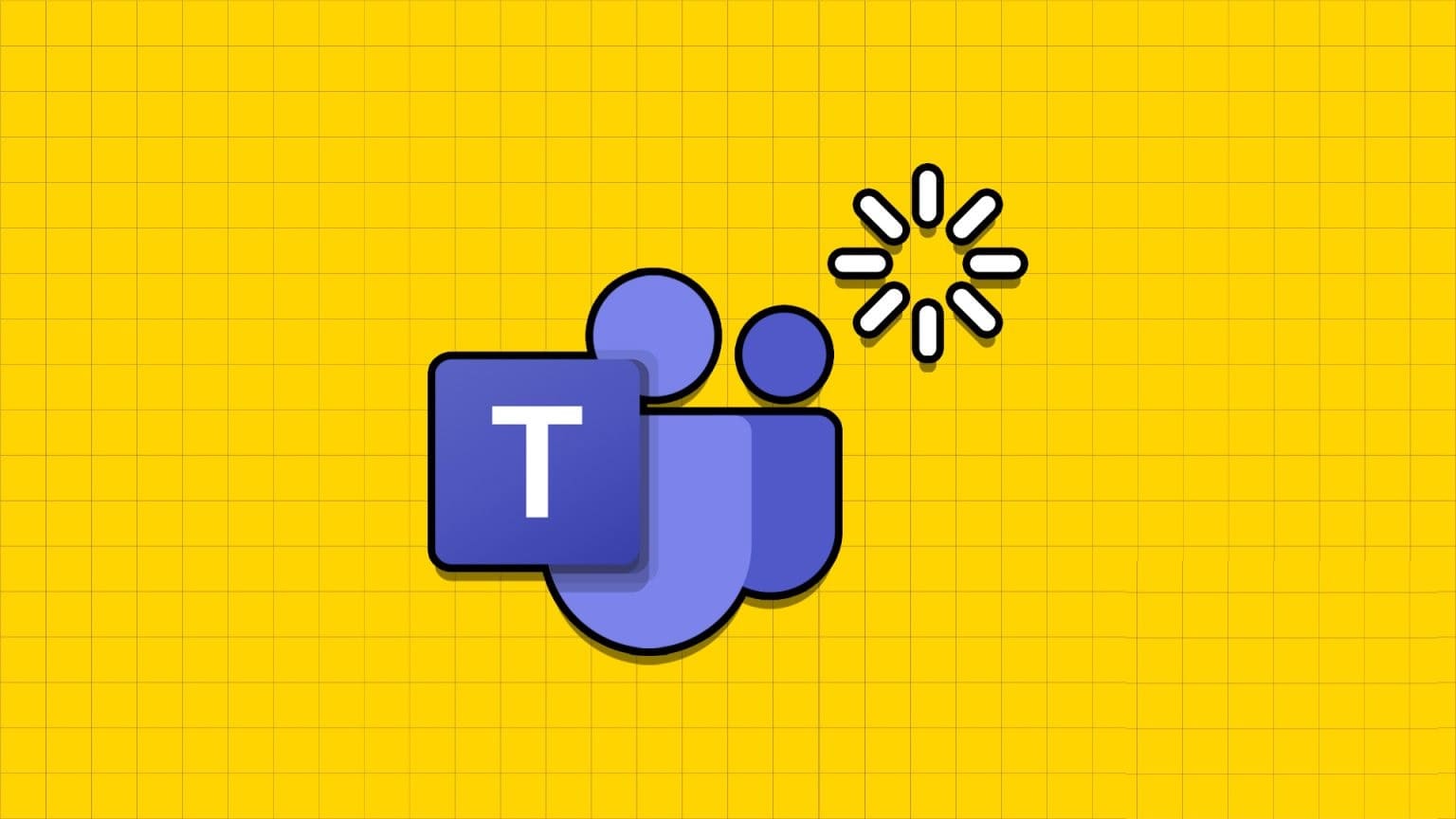Do you feel like Google Chrome takes too long to open on your computer? This behavior can hamper your hours of productivity. There are many factors that affect Chrome's startup time on Windows. Let's discuss them and fix slow Chrome startup on desktop. If Google Chrome is running multiple tasks in the background upon startup, it will seem slow to open. Make a few changes to your favorite browser, and it will be smoother. Let's go through them. Here are the top 8 fixes for slow Google Chrome startup on Windows 10 and Windows 11. 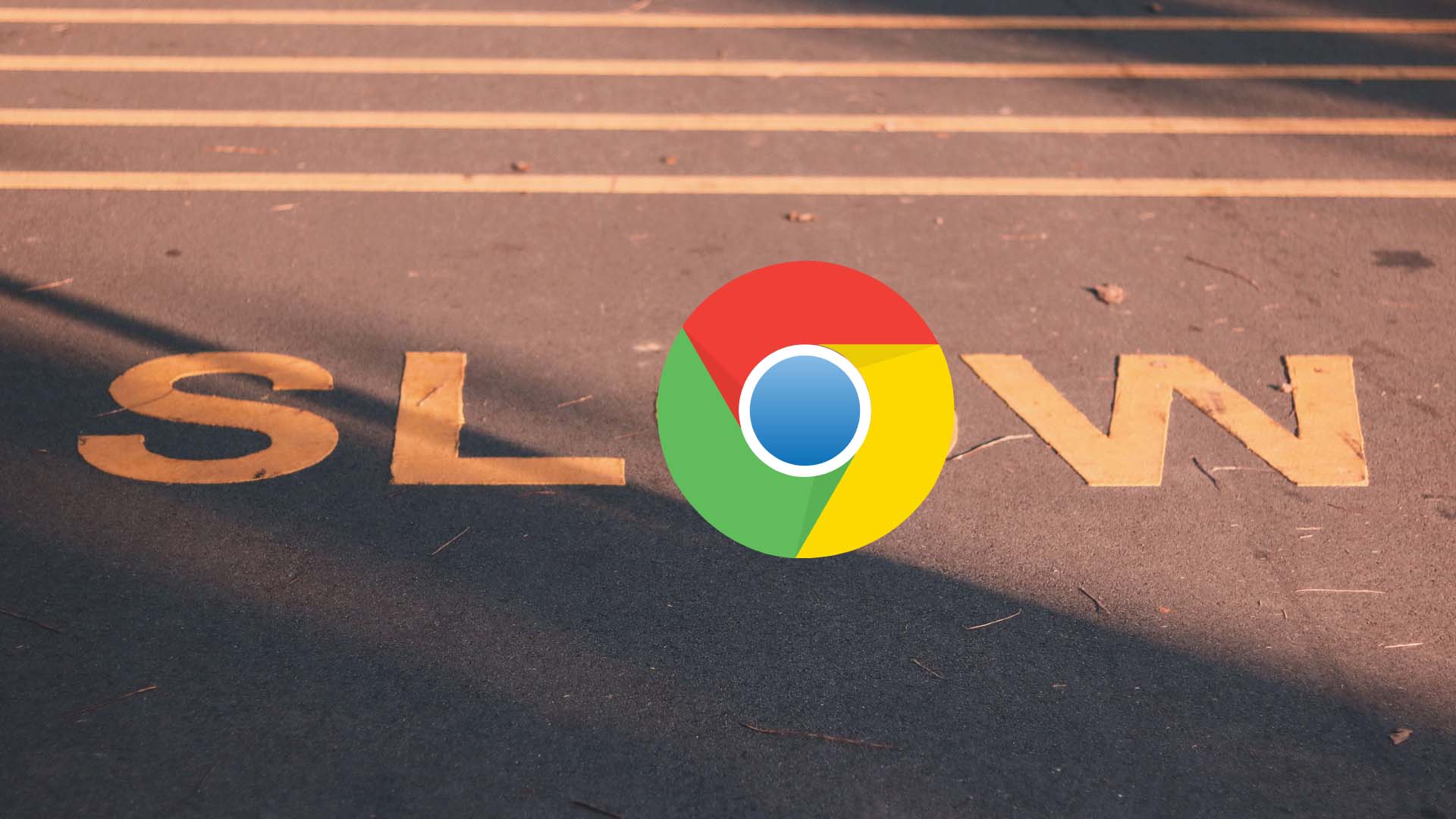
1. Open a new tab on startup
Google Chrome allows you to:Customize startup behavior on WindowsYou can choose to open a specific set of pages, continue browsing where you left off, or open a new tab.
If you configure Google Chrome to open two or three frequently visited pages upon startup, the browser will feel slow. Similarly, if you configure it to open previously visited pages upon startup, you'll notice lag. Adjust Chrome to open a new tab page.
Step 1: Open Google Chrome On your desktop. Click on The three vertical dots In the upper right corner of the browser.
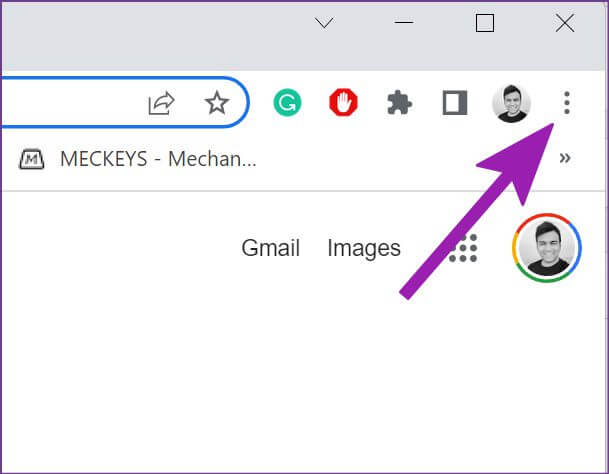

Step 3: From the left sidebar, select When startupIn the left pane, select radio button next to The “Open a new tab” option.
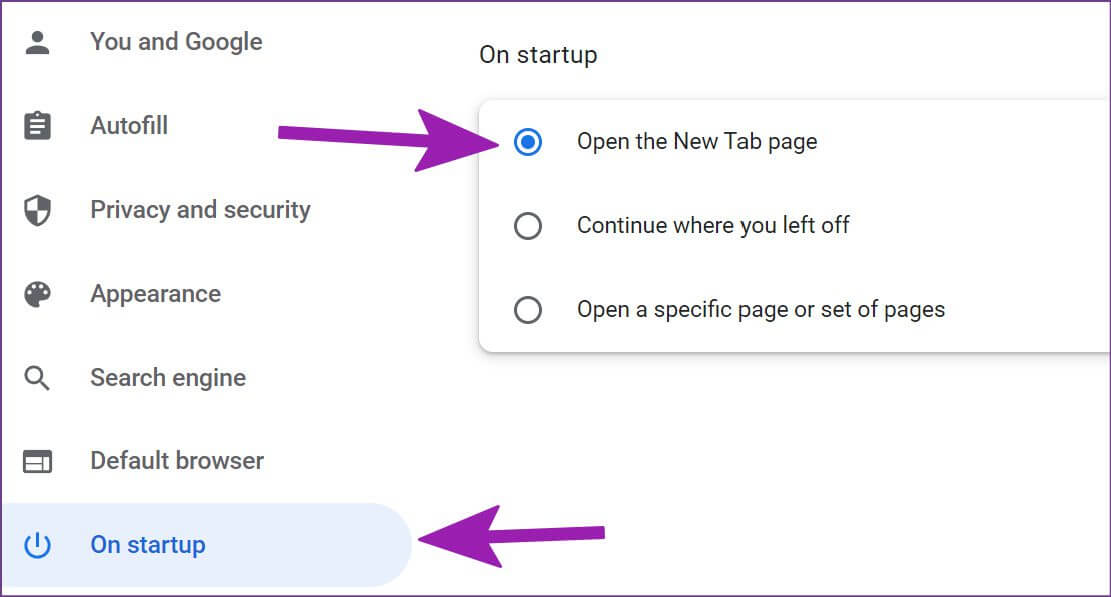
After doing this, Google Chrome will open the new tab page and will not require any additional processing to load web pages whenever you open the browser.
2. Disable Google Chrome wallpapers
While Google Chrome offers great wallpapers to choose from, it requires additional CPU power to load or refresh (daily wallpapers) on startup. It's time to go back to the classic white theme with no background.
Step 1: Open Google Chrome.
Step 2: Locate Chrome Customization Button in the lower right corner.
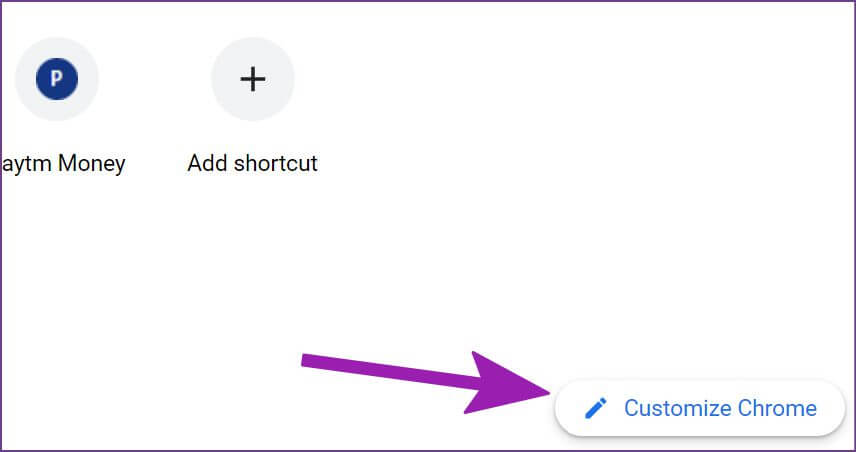
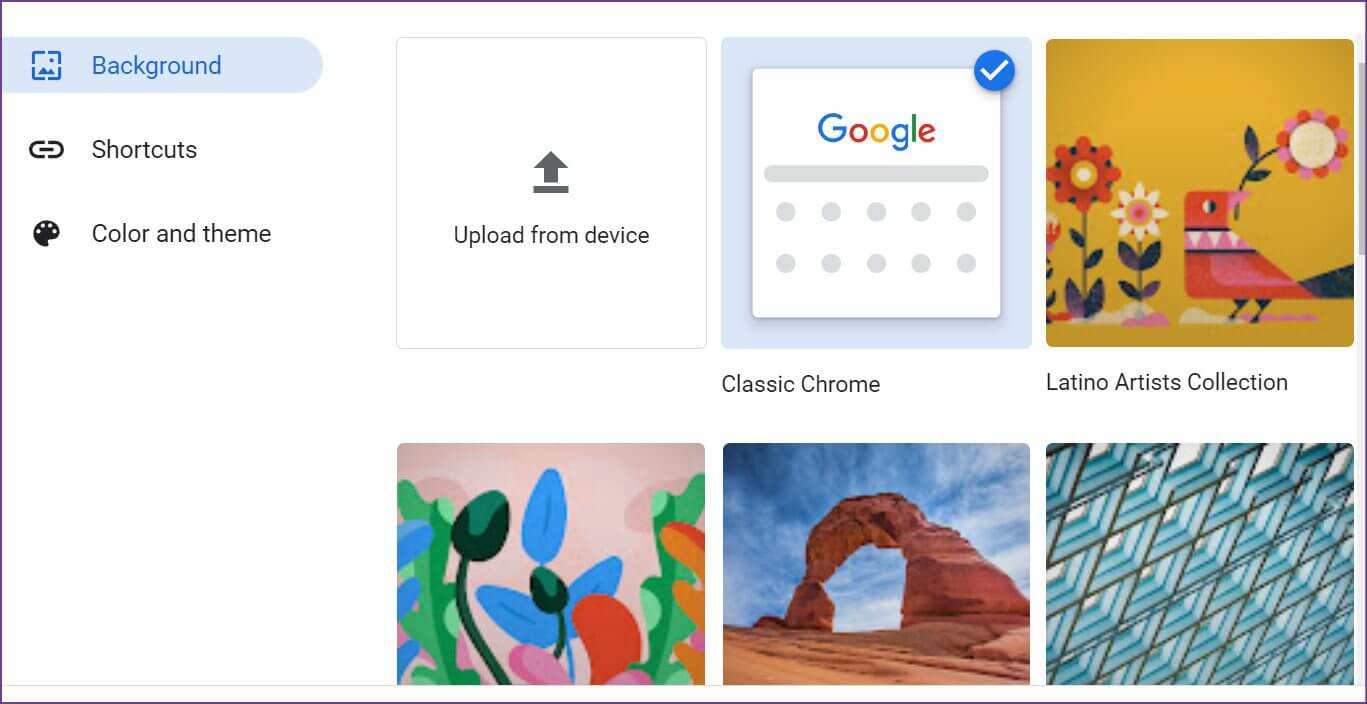
You're all set to open a new tab in Chrome without any background loading.
3. Turn off “Custom Theme” in Chrome
The Chrome Web Store is full ofExternal Topics To choose from. If you use such an option, you should return to the default Chrome theme for better startup speed.
Some third-party themes may become outdated with the latest version of Chrome. It's best to use the default theme.
Step 1: Open Google Chrome and select Customize Chrome At the bottom.
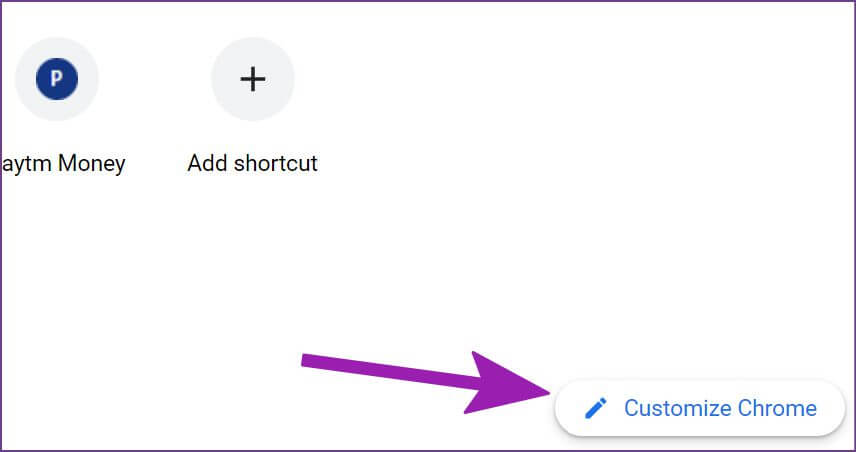
Step 2: go to the color and theme.

4. Remove unnecessary extensions
When you launch Google Chrome, the browser starts running all its extensions in the background. While some extensions are useful for enhancing your browsing experience, overusing them can lead to slow startup. You need to disable or remove these extensions.
Step 1: turn on Chrome browser and click Three point list above.
Step 2: Locate More tools and open List of extensions.
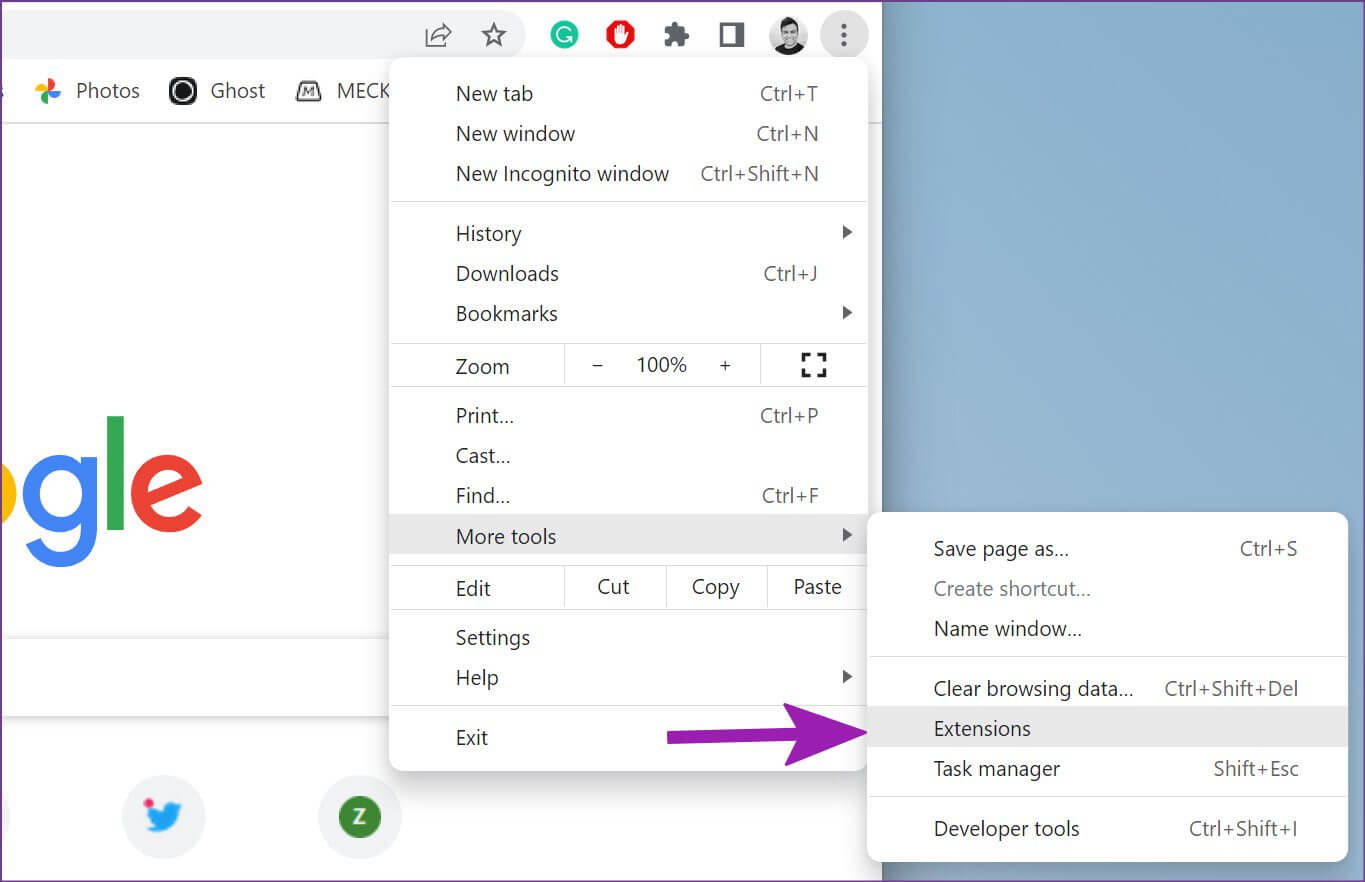
Step 3: Disable or remove unnecessary extensions.
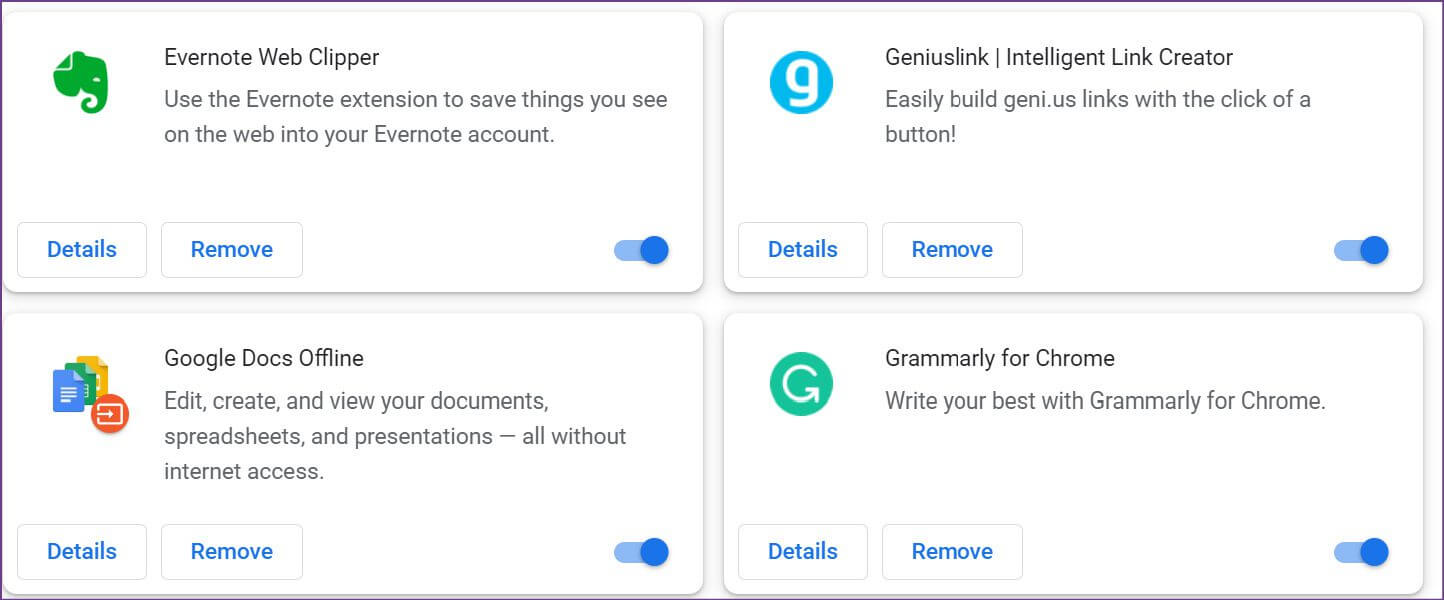
5. Open Chrome on startup
If Google Chrome is still slow to launch on Windows 10 or Windows 11, you can use the steps below and open the browser during system startup.
Step 1: Open Playlist by pressing Windows + R keys. Write 'shell:startup' and press OK.
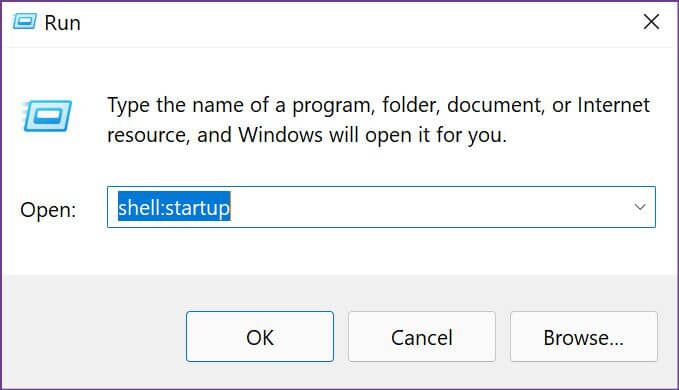
Step 2: Minimize the startup folder window that opens.

Step 3: Open File Manager and go to Google Chrome shortcut At the following location:
C: \ Program Files \ Google \ Chrome \ Application
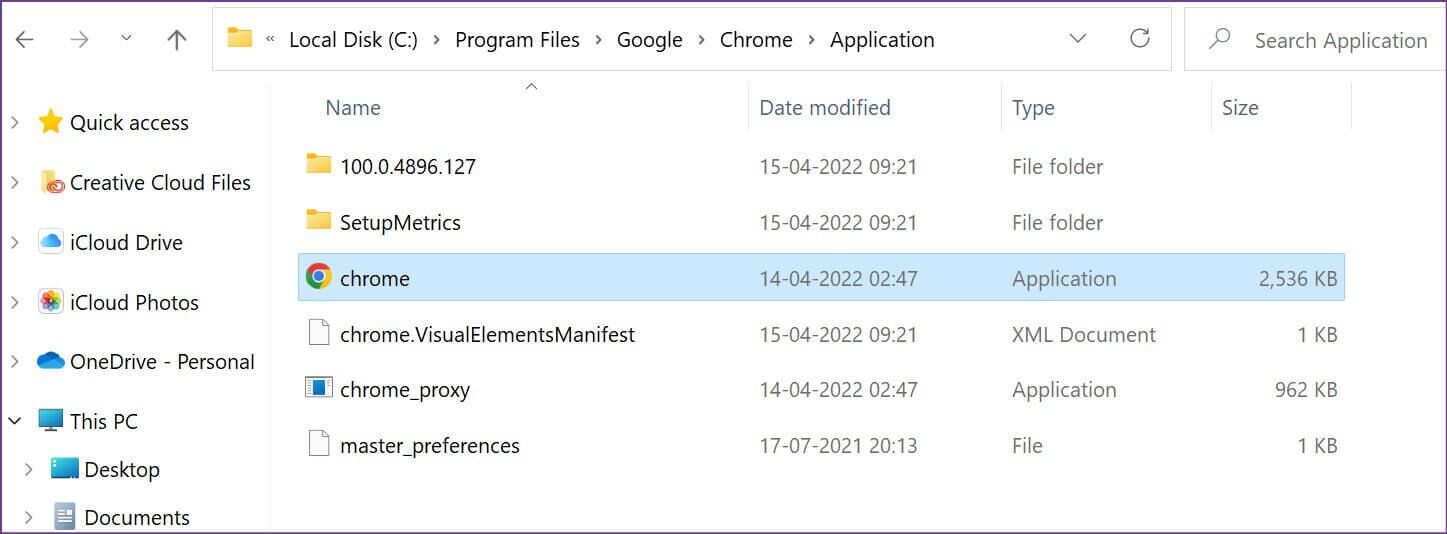
Step 4: copy Google Chrome app shortcut. Next, open startup folder in Explore which you previously minimized. Swipe Google Chrome shortcut over there.
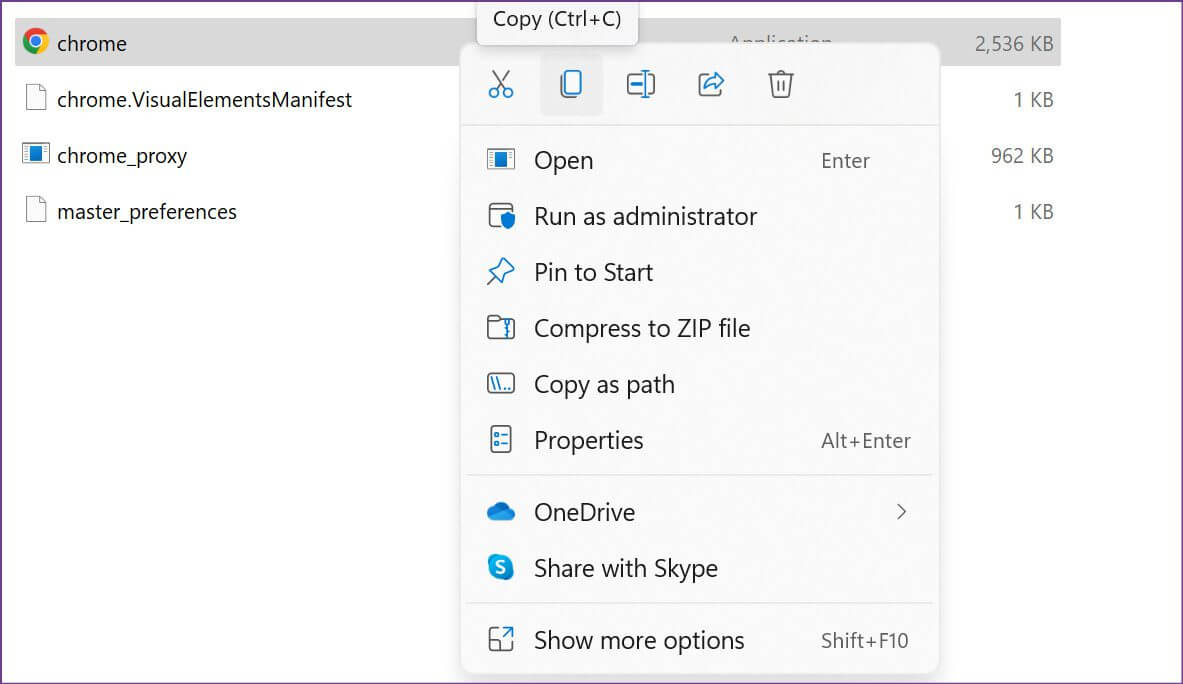
Restart your computerYou'll notice faster loading times on Chrome as the app continues to run in the background.
6. Don't clear your cache frequently.
You shouldn't clear your Chrome cache too often. When you clear your Chrome cache, the browser needs to load the web cache and data from scratch. This means it will try to store essential website details to make it load faster the next time. Clearing the cache resets this, and Chrome has to fetch a fresh set of website data, cookies, and cache.
7. Reset Chrome settings
Changing the wrong settings can cause Google Chrome to start up late. Let's reset Chrome settings.
Step 1: Open Google Chrome and go to Settings (See the first method).
Step 2: Expand the Advanced menu and select “Reset and Clean” From the left column. Click on “Restore settings to their original default settings” in the right pane.
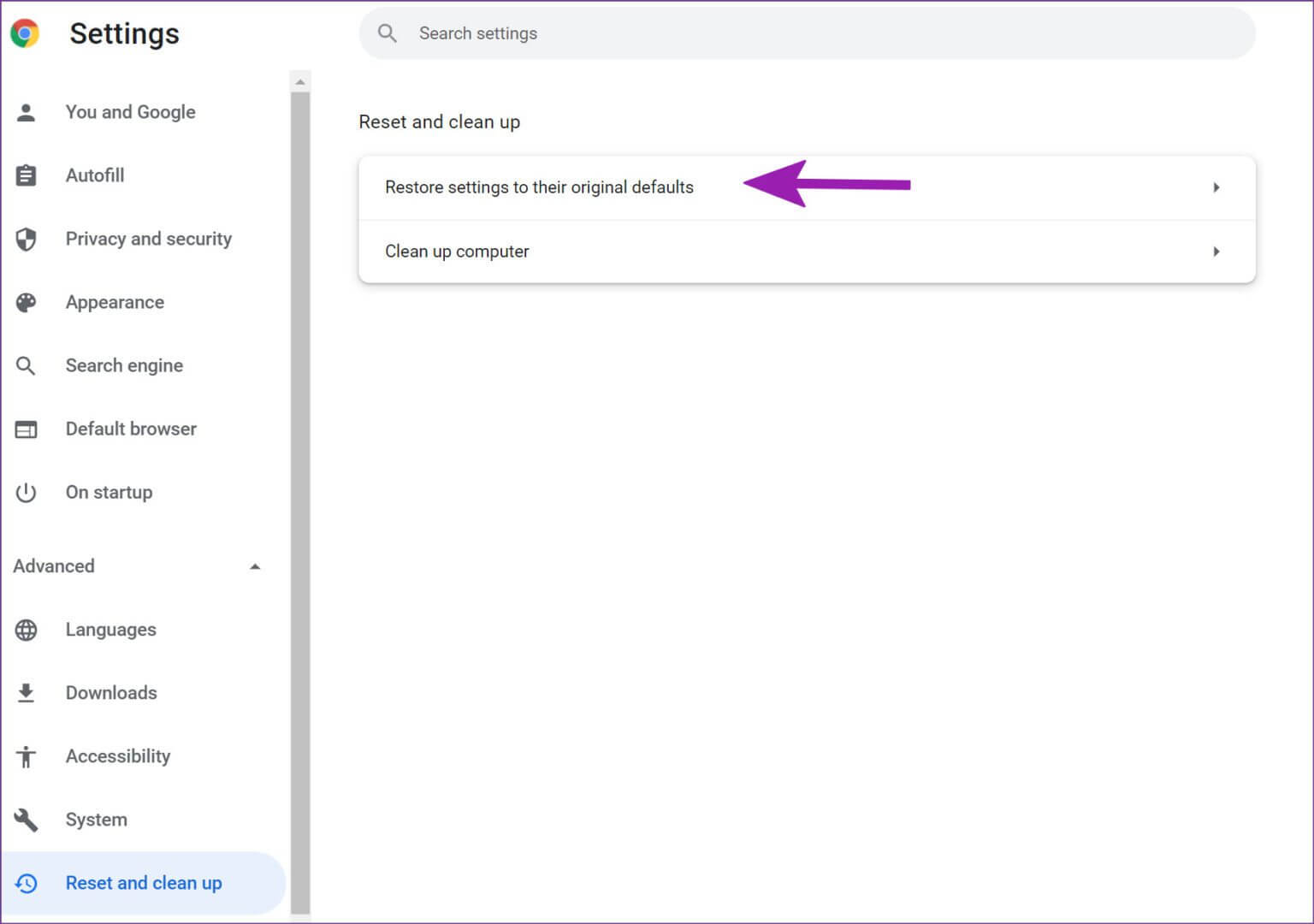
8. Update Google Chrome
The Google Chrome team releases updates frequently to add new features and fix bugs. It's highly recommended that you install pending Google Chrome updates for smooth operation.
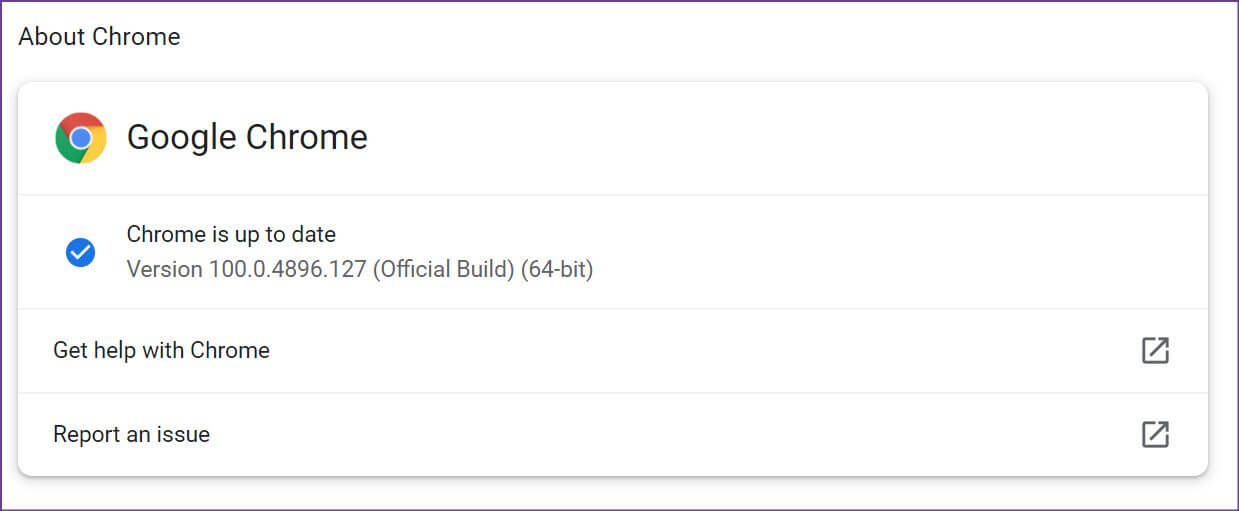
Google Chrome usually automatically downloads updates in the background and applies them whenever you restart the browser. If this doesn't happen, you can open Chrome Settings and go to the About menu to update the browser manually.
Enjoy a fast Chrome experience.
You should also check your computer's internet connection. If it's running at a slow internet speed, the browser may take some time to open. Did you notice any improvements in Chrome startup by following these fixes for slow Google Chrome launching on Windows 10 and Windows 11? Share your experience in the comments below.


